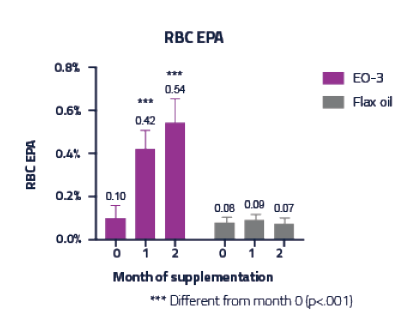
New EO-3 Research
By Eileen Phethean
EO-3, a potent marine-derived oil, is a rich source of the long-chain omega-3 fatty acids DHA (docosahexaenoic acid) and EPA (eicosapentaenoic acid). EO-3 can be fed to horses of all...

By Eileen Phethean
EO-3, a potent marine-derived oil, is a rich source of the long-chain omega-3 fatty acids DHA (docosahexaenoic acid) and EPA (eicosapentaenoic acid). EO-3 can be fed to horses of all...
By Eileen Phethean
The problem: The gastrointestinal tract of the horse is not designed to process large amounts of starch and sugar in its hindgut. From a physiological perspective, starch and sugar are best...
Read more